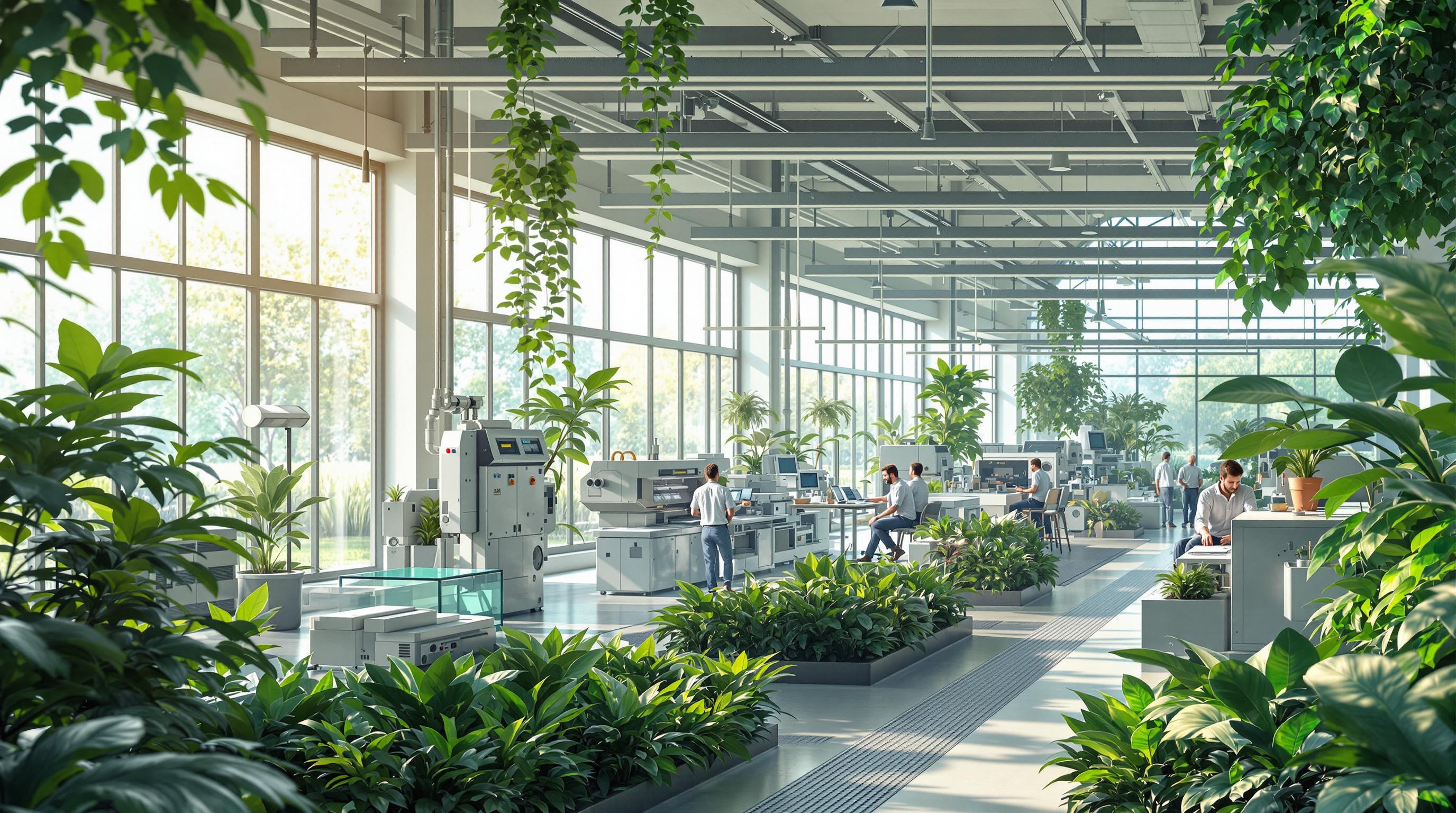Breathable membranes are essential for moisture control and weather resistance, but their production has significant environmental challenges. Here's what you need to know:
- Key Issues: High energy use, water consumption, plastic waste, and chemical byproducts, especially from fluoropolymer treatments.
- Solutions in Progress: Manufacturers are improving durability, adopting eco-friendly chemicals, recycling waste, and reducing water use.
- Why It Matters: Longer-lasting membranes mean fewer replacements, less waste, and lower resource use.
Takeaway: Choosing durable, eco-conscious products and supporting sustainable practices can reduce the environmental impact of breathable membranes while maintaining their performance.
Great chemistry: Live talk with Patagonia

Main Production Problems
Production faces two major hurdles: water pollution and plastic waste. Excessive water use and poor wastewater treatment harm nearby ecosystems. On top of that, plastic waste from production adds to the problem, lingering in the environment when not properly handled. Addressing these issues requires better wastewater treatment and more effective waste management to support cleaner practices.
The focus now is on finding ways to minimize environmental harm without compromising product performance.
sbb-itb-b1567d8
New Production Methods
Recent advancements in design have improved the lifespan of breathable membranes, helping to lower their impact on the environment. By making these membranes more durable, manufacturers can reduce how often they need to be replaced, which means less resource use and waste.
Focus on Durability
The latest designs emphasize creating products that last longer. Through advanced layering techniques and improved polymer bonding, membranes are now better at maintaining key features like breathability and waterproofing. This reduces how often replacements are required, cutting down on both production and disposal.
These durability upgrades align with stricter standards for reducing chemicals and waste, easing the environmental strain of producing membranes. In short, longer-lasting designs not only maintain performance but also contribute to broader environmental goals.
Current Industry Changes
The breathable membrane industry is responding to growing concerns about production impacts by making key adjustments. These shifts aim to address challenges while maintaining product quality.
Improved Chemical Practices
Companies are turning to water-based coatings and eco-friendly formulations to curb harmful emissions. Better application methods and recycling efforts are also helping to reduce chemical waste.
Cutting Waste
New recovery techniques allow manufacturers to reclaim production scraps and process water, significantly reducing waste across the board.
Eco-Focused Production
Manufacturers are adopting strict certifications that prioritize energy efficiency, water use reduction, and waste management. These efforts align with circular economy goals and include regular assessments to track progress.
Conclusion: Meeting Quality and Safety Goals
Key Takeaways
Focusing on long-lasting design helps minimize production's overall impact. By improving chemical practices, recovering waste, and adopting eco-conscious production methods, extending product lifespan has become an effective strategy. This approach provides clear steps for both businesses and consumers to follow.
Steps Toward Progress
Both manufacturers and consumers play a role in driving change. Manufacturers should prioritize durability by using high-quality materials and efficient processes. On the other hand, consumers can support this shift by choosing durable products and maintaining them well. Opting for long-lasting items sends a clear message to companies about the importance of sustainable design.
At Titantrek, we are dedicated to creating durable products that align with sustainability goals. Our designs uphold strict safety and environmental standards while delivering top performance, contributing to the larger effort of reducing production and waste impacts.

Domestic vs International Carry-On Size Rules
Carry-On Weight Limits by Region: Quick Guide